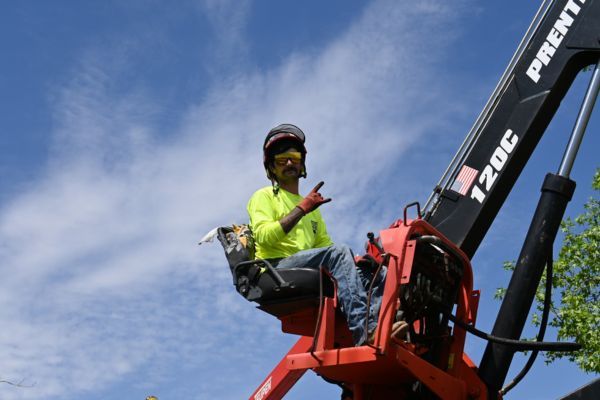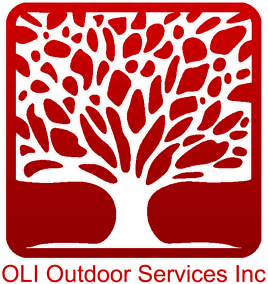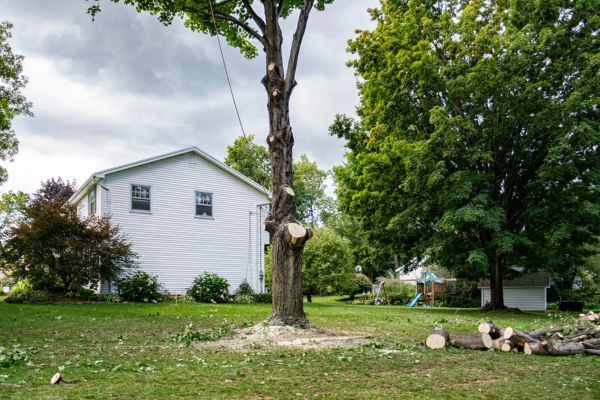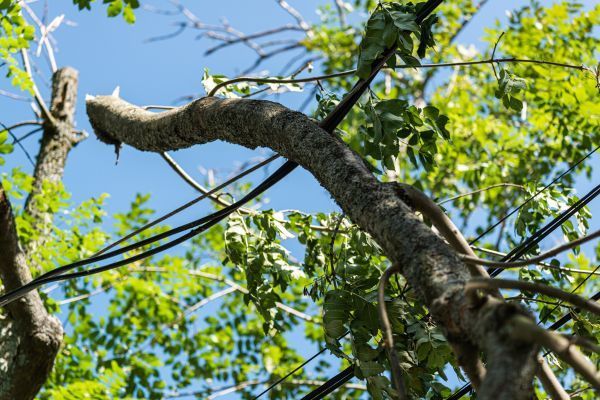How to Restore Your Yard After Stump Grinding
Restoring Your Yard After Stump Grinding
Stump grinding is an essential service for homeowners looking to improve the appearance of their yards after removing a tree. However, after the stump is ground down, the task isn't complete. The area left behind can look messy, and the soil can be left uneven or less than ideal for new plants or grass. Fortunately, with a little effort and know-how, you can restore your yard and transform the area into a lush, beautiful space once again.
Whether you live in the Midwest or any other region, this step-by-step guide will help you restore your yard after stump grinding, leaving it looking better than ever.
What is Stump Grinding?
Stump grinding involves using a machine to grind down the remaining stump of a tree to below ground level. Unlike stump removal, which pulls the entire root system out of the ground, stump grinding only removes the visible portion of the stump. This process makes it easier to reuse the space for landscaping or other outdoor purposes. However, while stump grinding removes the main obstacle, it leaves a hole in your yard that may need to be filled or repaired.
Step 1: Assess the Area After Stump Grinding
Once the stump has been ground down, the first thing you need to do is assess the area. It’s likely that the area around the stump may appear uneven or have leftover wood chips scattered throughout the space. Take some time to evaluate the size of the hole and the quality of the remaining soil.
Size of the Hole: Depending on the size of the tree, the hole left after stump grinding can be substantial. Larger stumps may leave deep holes, which will require more work to restore.
Wood Chips: The grinding process often leaves behind a mix of wood chips and soil. While these wood chips can be useful for composting, they don’t provide the best foundation for growing grass or plants. You’ll need to remove or mix them in with other soil to help new plants thrive.
Step 2: Remove the Wood Chips
Wood chips left behind from stump grinding can be beneficial for certain garden uses, but for yard restoration, they may not be ideal. Too many wood chips can absorb moisture from the soil, preventing proper grass or plant growth. You have a few options for dealing with the wood chips:
Remove Them Completely: If you want to plant grass or flowers, it’s best to remove the majority of the wood chips. Use a shovel, rake, or garden hoe to remove the excess. You can keep the chips for composting or mulch elsewhere in your yard.
Mix the Chips with Soil: If you have a smaller number of wood chips or don’t want to remove them entirely, you can mix the wood chips with the soil. The chips will break down over time, enriching the soil with organic material.
Step 3: Fill in the Hole Left by the Stump
Once the wood chips are removed or mixed in, the next step is to fill in the hole left by the stump. This step is crucial for leveling the ground and creating a surface that’s suitable for planting grass or other landscaping elements.
You will need:
- Topsoil or Fill Dirt: You’ll need high-quality topsoil or fill dirt to fill in the hole. Fill dirt is typically used for larger depressions, while topsoil is ideal for creating a fertile ground for planting. Both types of soil can be mixed to create a balanced mixture for a stable, nutrient-rich surface.
- A Rake or Shovel: After filling in the hole, use a rake or shovel to spread the soil evenly across the area. Ensure that the new soil is level with the rest of your yard for a smooth, uniform surface.
Step 4: Add Fertilizer and Amendments to Improve Soil Quality
If you plan to plant grass or other vegetation in the area, you should consider improving the soil quality. Stump grinding can disrupt the soil’s structure, so amending it with fertilizer and organic matter is an excellent way to boost its health.
Fertilizer: Choose a fertilizer suited for the type of plants or grass you plan to grow. For new grass, a balanced fertilizer with equal parts nitrogen, phosphorus, and potassium will encourage strong growth. For flowers or shrubs, you might opt for a fertilizer that’s rich in potassium and phosphorus.
Compost or Organic Matter: Adding compost to the soil helps improve its texture and nutrient content. Organic matter breaks down over time, enhancing the soil’s ability to retain moisture and support healthy root systems.
Step 5: Level and Compact the Soil
After adding soil amendments, it’s important to level and compact the soil to ensure it’s stable and smooth. This step helps prevent future settling and provides a firm foundation for plants or grass to grow.
- Level the Soil: Use a rake to level the soil across the entire area. Work the edges to ensure that the new soil matches the surrounding ground height.
- Compact the Soil: To compact the soil, you can either use a lawn roller or simply walk over the area a few times. This helps prevent the new soil from sinking or shifting as it settles.
Step 6: Seed or Sod the Area
With the area properly prepared, the next step is to seed or sod the space, depending on the look you want to achieve. In the Midwest, where the climate is ideal for grass growth, this can be the final touch that brings your yard back to life.
- Seeding: If you’re seeding the area, choose a grass seed appropriate for your region and the specific conditions in your yard. There are many types of grass that thrive in the Midwest’s climate, such as Kentucky bluegrass or fescue.
- Sodding: If you prefer a quicker solution, sodding is an option. Sod provides an instant lawn, and although it’s more expensive than seeding, it gives your yard an immediately finished look.
When seeding, ensure that you evenly distribute the seeds over the area. Lightly rake the soil again to ensure good seed-to-soil contact and water the area thoroughly after seeding.
Step 7: Water and Maintain the Area
After you’ve seeded or sodded, water the area regularly to help the grass or plants establish strong roots. If you live in the Midwest, you’ll want to monitor rainfall and adjust your watering schedule as needed. Generally, it’s recommended to water deeply and infrequently, rather than shallowly and frequently.
For newly seeded areas, keep the soil moist until the grass begins to grow. Once the grass is established, reduce the watering frequency but continue to water deeply.
Step 8: Regular Lawn Care
Restoring your yard after stump grinding doesn’t end with seeding or sodding. Ongoing care is necessary to keep the area lush and healthy.
- Mowing: Regular mowing helps keep your grass healthy and prevents it from becoming too tall or unruly. Set your mower blades high to avoid scalping the grass.
- Fertilizing: After the grass has established, you can fertilize it to promote healthy growth, especially during the growing season.
-
- Weed Control: Weeds can compete with your new grass, so be sure to apply a weed control product that is safe for your lawn type.
Conclusion
Restoring your yard after stump grinding is a process, but it’s entirely doable with the right tools and knowledge. By following these steps—assessing the area, removing wood chips, filling the hole, improving the soil, and seeding or sodding—you can bring life back to the space and create a beautiful yard once again.
If you live in the Midwest or the surrounding areas, consider working with professionals who specialize in stump grinding and yard restoration. This ensures the job is done right and gives your yard the best possible chance for success.
With a little patience and care, you’ll soon have a restored yard that enhances the beauty and value of your home for years to come.
SHARE POST
SEARCH ARTICLE
Recent Insights













